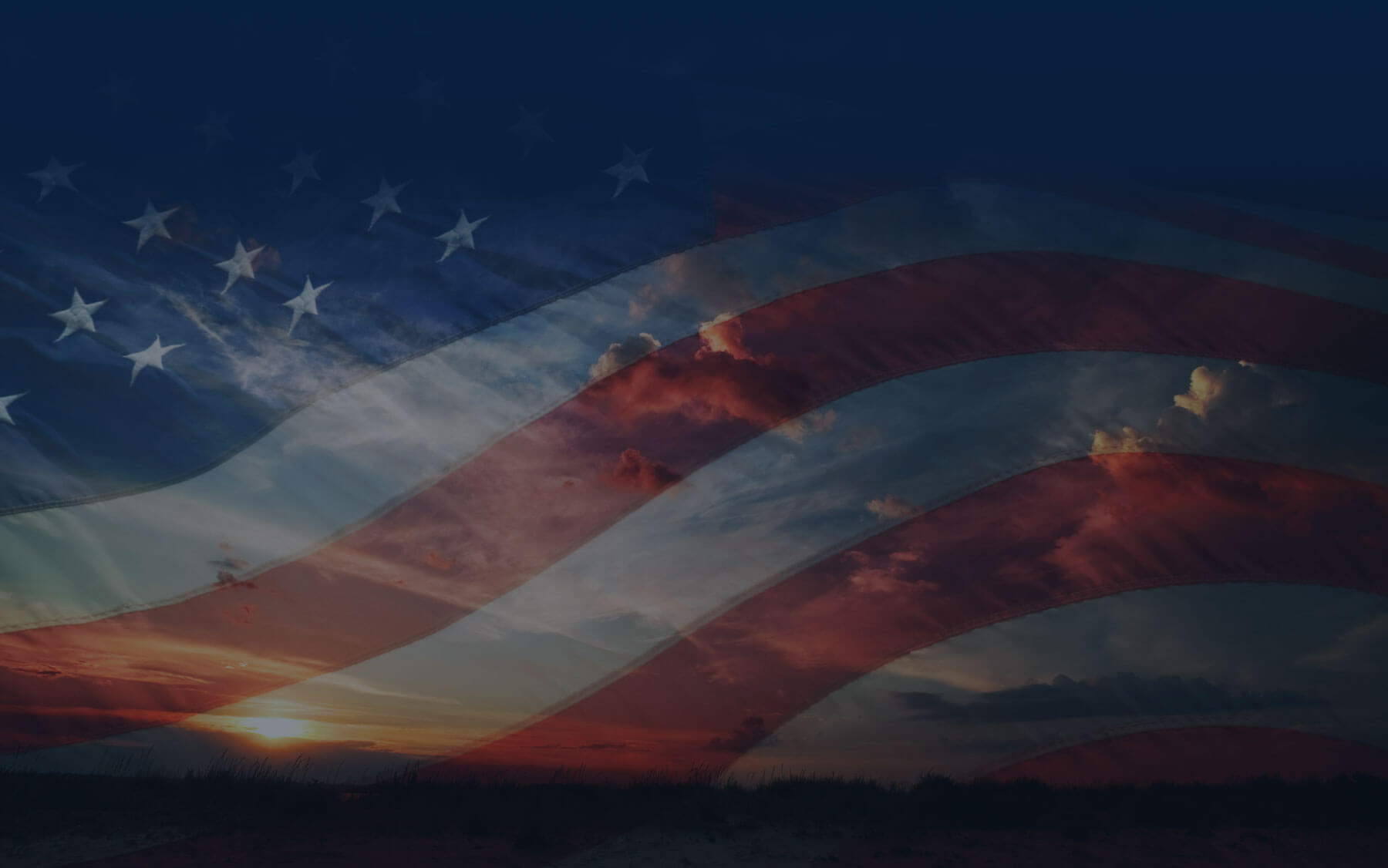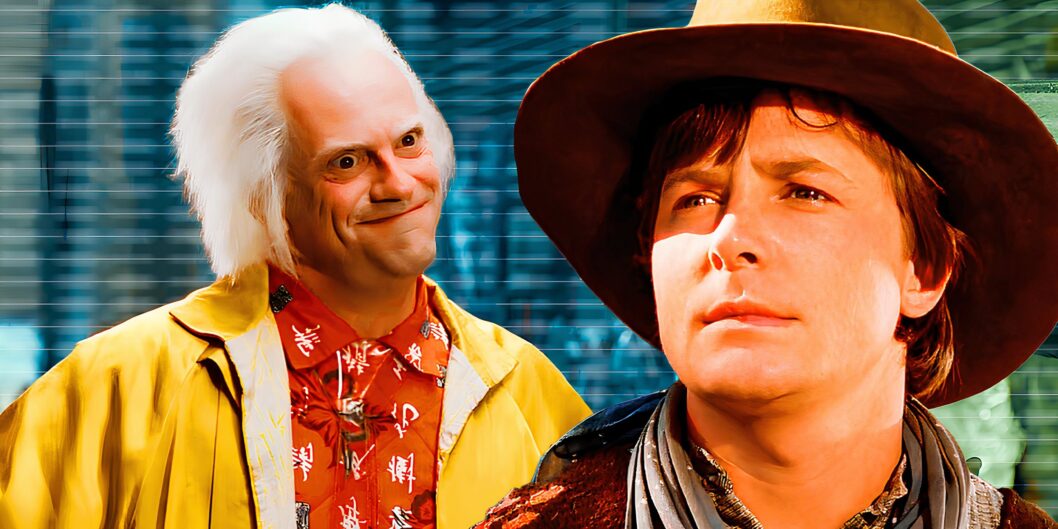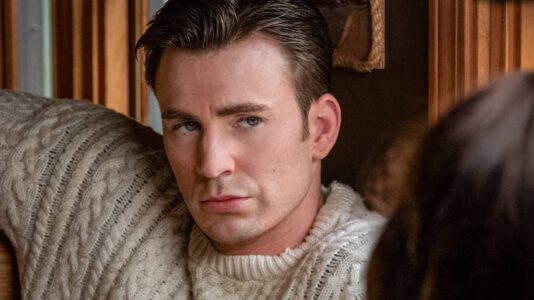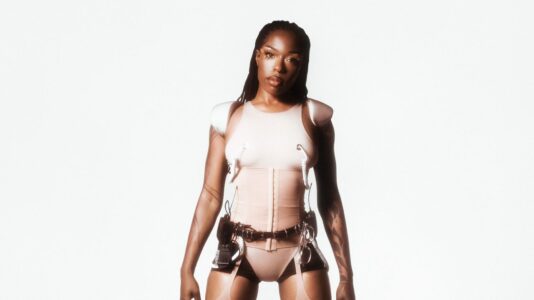Back to the Future Part III: A Timeless Conclusion
The beloved Back to the Future trilogy, created by Robert Zemeckis and Bob Gale, remains a significant milestone in cinematic history. With its unique blend of comedy, adventure, and science fiction, the series follows the adventures of teenager Marty McFly, portrayed by Michael J. Fox, and the eccentric inventor Doc Brown, played by Christopher Lloyd. The franchise is highly regarded for its innovative storytelling and memorable characters, culminating in Back to the Future Part III, which transports audiences to the Wild West of 1885.
Picking Up Where Part II Left Off
Back to the Future Part III premiered on May 25, 1990, and it picks up right after the events of Part II. The film focuses on Marty’s mission to rescue Doc, who has become stranded in 1885. Once in the past, Marty discovers that returning to the future won’t be as simple as he had hoped. As they work through various challenges, the movie wraps up the overarching narrative of the trilogy. Zemeckis, Fox, and Lloyd did not collaborate on any further projects in this universe after the trilogy, emphasizing the completeness of the original story.
Filming Back-to-Back: Efficiency in Production
One of the notable choices made during the production of the Back to the Future franchise was the decision to film Part II and Part III back-to-back. This approach, often used in major franchises such as The Hunger Games and the Avengers series, was intended to save both time and budget. The filming was conducted consecutively, making it easier to maintain storyline continuity and returning characters’ performances.
The first film in the trilogy was released on July 3, 1985, followed by Part II, which debuted on November 22, 1989. The swift turnaround for the third installment was made possible by this strategy. Box office performances of the movies reflect their popularity: Back to the Future grossed $388 million, Part II earned $332 million, and Part III collected $245 million globally, with the original receiving a 93% rating on Rotten Tomatoes, while the sequel and third installment hold ratings of 63% and 79%, respectively.
The Impact of Extended Production Times
Although Part III was produced shortly after Part II, fans experienced a longer wait between Back to the Future and its sequel. The four-year gap was primarily due to the extensive script development and the construction of elaborate sets, which were a hallmark of the series. Principal photography for Part II and Part III commenced in early 1989, with both films being prepared meticulously for their eventual release dates. This strategic planning allowed for a coherent and seamless narrative that fans appreciated.
Conclusion: The Legacy of the Trilogy
The Back to the Future trilogy not only entertained audiences but also set a benchmark for future franchise films. The collaborative effort of Zemeckis and Gale to merge humor with science fiction has influenced many filmmakers and continues to captivate new generations. As the final film, Back to the Future Part III effectively concludes the narrative arc of Marty McFly and Doc Brown, leaving lasting themes about friendship, adventure, and the impact of our choices.
Overall, the trilogy, particularly Part III, represents a significant chapter in film history, showcasing the innovative storytelling and character development that became synonymous with the franchise. The enduring popularity of the series underscores its relevance in contemporary discussions about filmmaking and cultural impact, proving that the magic of time travel has a special place in the hearts of film lovers around the world.









